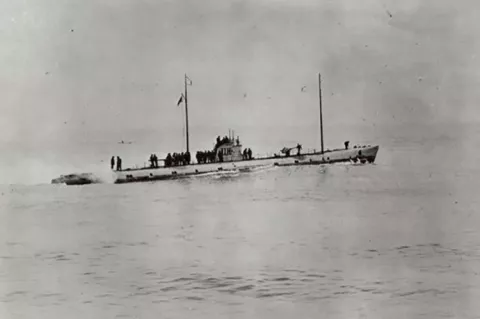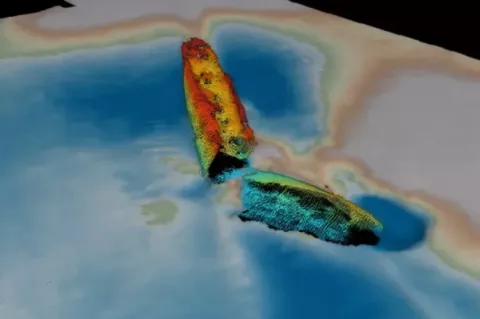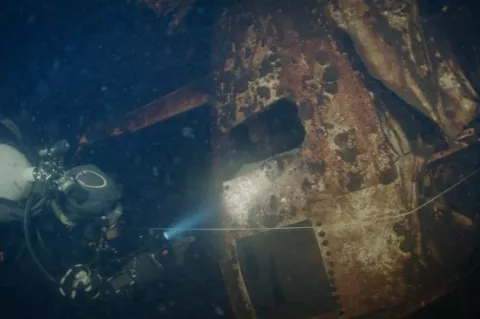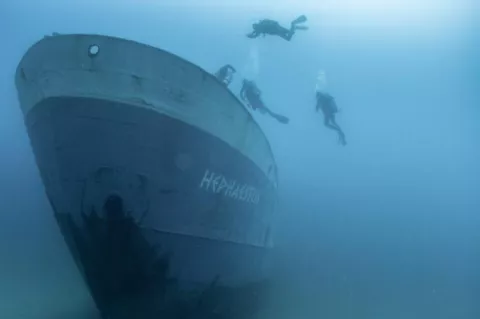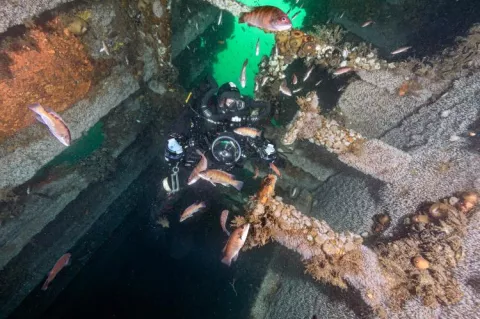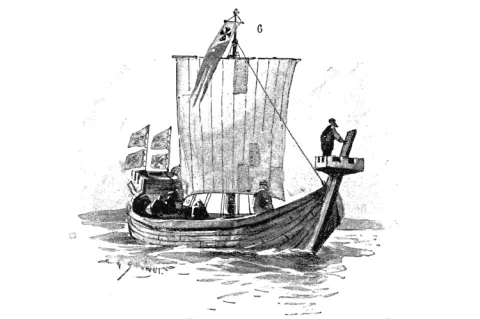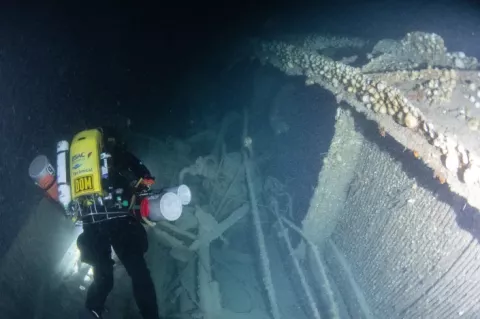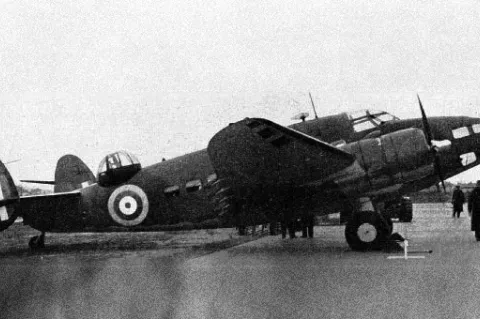WW1 German sub located off the US Coast
According to an exclusive report by National Geographic (link opens in new tab), a team of shipwreck hunters has discovered an extraordinary sunken vessel off the East Coast of the United States: the wreck of a World War I German U-boat sunk by U.S.

